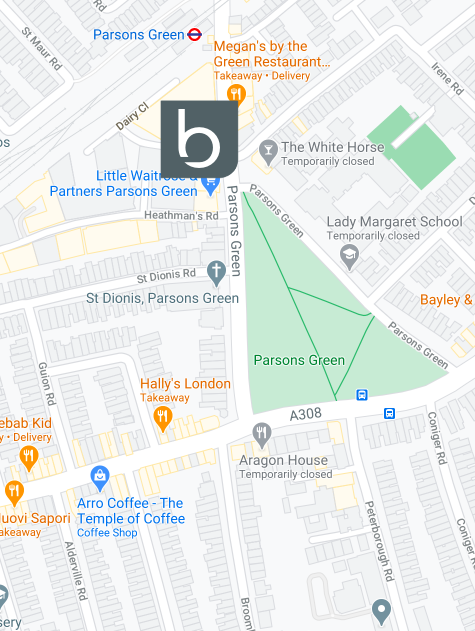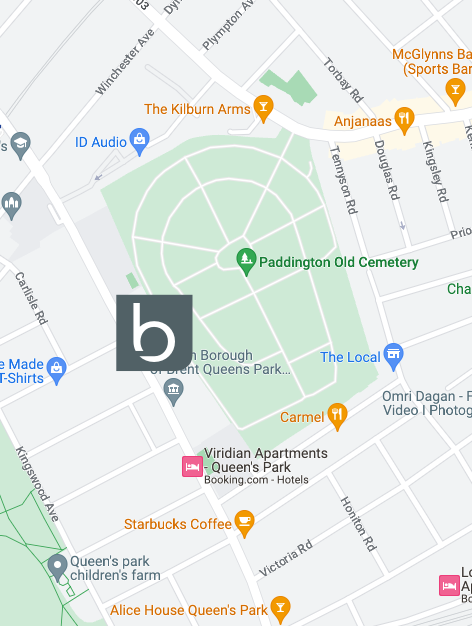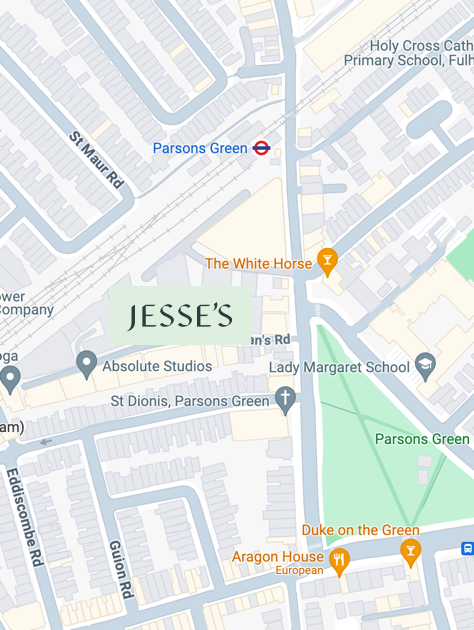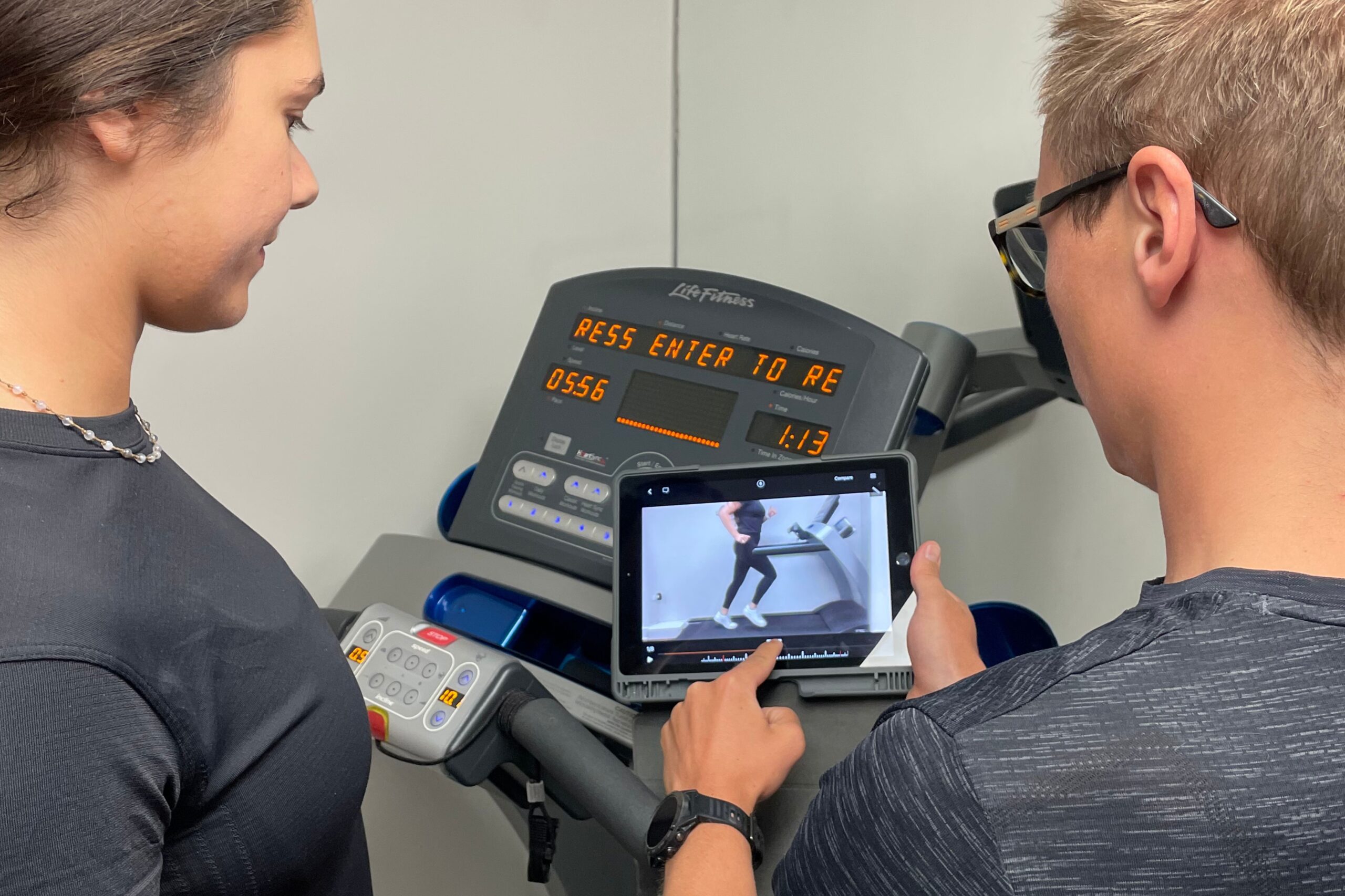
Close
Enquiry
Please see contact information below or complete the form and we will get in touch with you.

Parsons Green
3rd Floor Brigade House
8 Parsons Green
London
SW6 4TN

Queen's Park
2nd Floor
105-109 Salusbury Road
London
NW6 6RG

Jesse's House
8-10 Heathmans Road
Parsons Green
London
SW6 4TJ
Why all runners should get a running assessment

Running is just about the simplest form of exercise there is. You can get your trainers on and just go for it. If you do run regularly, though, you are at risk of suffering all manner of problems in your feet, ankles, legs and back. A running assessment to analyse your gait, running style and potential danger points is a brilliant way of helping you develop a safe technique and maximise your performance. Assessments are also vital for people wanting to return to running following serious injury.
At the Beyond Health clinic in Parsons Green, London, our physiotherapists put our clients through their paces in our runBeyond™ programme, which follows up a biomechanical assessment with a personalised training programme. Here James explains everything you need to know about running assessments and why they are an absolute gamechanger for our sporty clients…
Why is a running assessment so important?
Running assessments are used in different scenarios. A running assessment should definitely be performed on returning to running from injury as often compensations due to muscle weaknesses and pain can change the fluidity of running technique. Running technique can also contribute to overload of certain structures in the legs or lower back and the assessment allows us to understand if technique is part of the problem (especially if there has been no injury). Further to this, an assessment can highlight if there are any opportunities to improve running performance through the analysis and coaching of running technique. It will also include a look at your running training programme to ensure this is optimal for you and tailored to your ability and goals.
Should all runners get one or just people who do it seriously/regularly?
I believe that all people taking up running should have their running technique assessed, even without injury or pain. Small tweaks in technique, such as standing up a bit taller, may reduce the risk of discomfort while running and improve running efficiency, effectively making it a more comfortable and easier ride! Serious runners can benefit from potential performance gains from proper running technique, improving the efficiency to sustain faster running for longer periods. Alongside technique, looking at your current training programme can also highlight potential risk factors for injury.
Are there simple changes people can make to their running routine ahead of their assessment to improve safety/avoid injury?
Absolutely. The majority of running related injuries we see are related to training errors. For example, going from no running to running every day can be a big shock to the body and a risk factor for injury. So, it is recommended that you start with running two to three times per week with days off in between for recovery. Supplementing your training with specific strength exercises also assists in building muscle strength to tolerate the demands of running.
What common mistakes do runners make (apart from not getting an assessment)?
As mentioned above, training errors form the majority of injury related problems we see in physiotherapy. This can be related to increased running volume (more than 10-15% each week), consistently running at fast paces and changing to carbon running shoes for all runs, not just races and shorter distance work. Other mistakes include suddenly changing terrain from flat to very hilly, not doing supplementary strength training, avoiding recovery days and not fuelling properly.
What does a runBeyond™ running assessment involve?
A running assessment at Beyond Heath starts with taking a detailed history of any previous or current running related injuries. We delve into your current training programme and associated running goals – whether you are doing your 5km or want to beat your personal best marathon time! This guides the session as it may be appropriate (depending on the injury) to assess a specific area in more detail or perform some objective strength testing using the ForceFrame or ForceDecks equipment to highlight any areas of weakness that could contribute to your problem.
Following this, we will go to the treadmill and/or outside to watch you run, capturing your running technique on slow motion video and analysing it. The video analysis allows us to highlight any potential risk factors for injury and go through some coaching points to improve this. Like when learning any new skill, it takes time to adapt and learn new technique (especially if it is something you have been doing for a long time). We will then sit down and discuss next best steps for your running including providing structure to your weekly training plan based around your goals.
Are there common problems you spot in assessments?
There are common characteristics during a running assessment that we see that for some people that don’t cause any problems at all, and for others can be contributing to their discomfort or reduced performance. This can include: over-striding (foot landing ahead of centre of mass), a forward lean/hinge at the hips and different foot strike patterns (heel, midfoot and forefoot). The main areas we assess are running cadence, arm movement and head positioning.
What does the runBeyond™ programme entail after the assessment?
Following the assessment, we will send out any alterations to your current training programme and a detailed synopsis of the assessment, highlighting areas to focus on. If specific exercises have been recommended, we will upload those on to an app for you to complete at home. Running technique is also something that you’ll be required to work on consistently at home. We will send out your specific cues and even ask you to send back videos to show how you are incorporating the suggested changes into your running.
Is running assessment useful for other sports and daily life?
A running assessment is often the first place we start for those looking to get back to any sport. Analysing and normalising straight line running opens the doorway to progressing back towards sports that involve running, building to changes of direction seen in many sporting scenarios.
To book a runBeyond™ assessment and get your running technique in full working order, go here
Running is always easier when you’ve got a specific goal to aim for. With this in mind, we’ve devised a programme to get beginners comfortable with running 5k within eight weeks. It mixes walking and running, HIIT training and low impact exercises to ensure you hit your target in a safe and inspiring way – read all about it here

